Elotes a las brasas
Puerto Vallarta, as you’d expect, has a wide variety of options when it comes to eating. What you wouldn’t expect is the exceptional quality of the food you’re offered here.
Vallarta is actually an important culinary destination in itself. A mix of international chefs, discerning gourmands that have made the city their home town, a long-running gourmet festival, the local Mexican food traditions, that are centuries old plus quality ingredients from sea and land combine into great food, great prices and an ever-expanding list of options.
Puerto Vallarta and the surroundings boast over 400 restaurants and smaller places you can eat at, seafood is a favorite, plus the local dishes are very interesting for the newcomers too, these include dishes that are part of Jalisco’s traditions (the state in which Vallarta is located), especially from Guadalajara, the state capital.
Pescado Embarazado
Pescado Embarazado stand
One of local dishes that best represents what is typical in the town is “pescado embarazado”, that is, pregnant fish… sounds weird? It’s mostly the name that is, it’s actually a linguistic deformation of “pescado en vara asado”, that is fish roasted on a stick.
This delicious local food is prepared by grilling fish marinated in lime over coals, then served with Huichol salsa. The fish itself can be school shark (cazón) or marlin, another variant is to use shrimp instead of fish.
Camarones embarazados
Birria
Birria
One of the favorite local dishes is “Birria”, the main ingredients include goat or lamb meat, boiled in a spicy sauce that includes cumin, oregano, and ginger. It’s served with lime (they call it lemon here), onions and the inseparable tortillas.
Pozole
Pozole
Another local favorite is “Pozole” which has different incarnations around Mexico, in Jalisco and Vallarta it’s a tasty broth that includes as main ingredients pork or chicken meat, seasoned with chilli and includes a special popped corn. Once served you eat it with lettuce, radishes, and tostadas (sun-dried tortillas) y can be “rojo” (red as in the photo above) or blanco (white, or actually translucent).
Aguachile
Aguachile: the most traditional variation, which is similar to ceviche, includes fresh, raw shrimp, cucumber, red onion, lime juice, and chiles (usually serrano or jalapeño) that have been ground with some water, hence the name. It is typically served with tostadas, and avocado.
Ceviche
Ceviche: raw seafood “cooked” by in lime juice. Can be mixed with tomato, coriander, avocado, onion, salt, and green chile. The fish used is normally: mackerel, tuna, shrimp, octopus, and squid. can be served on tostadas. The recipe from Puerto Vallarta differs slightly from those found in other places. Carrots, cucumber, cilantro, and other ingredients are frequently added to the mixture in the Banderas Bay region.
Coctel de camarones
Although the Mexican dish is commonly referred to as a shrimp cocktail, the dish known as “Cóctel de Camarones” is quite different from its USA counterpart. It’s a cold tomato soup with raw vegetables and poached shrimp that’s popular all around Mexico, but especially along the coast. Cooling allows the tastes to meld together better and make it especially appealing in the arm humid weather along the Pacific Coast and Banderas Bay.
Ingredients include: Shrimp, Tomato, Onion, Bell pepper, Celery, Garlic, Coriander, Cucumber, Clam juice, Ketchup, Lime, Jalapeño chile, Serrano chile, Valentina hot sauce, Avocado.
Tamales
A Mexican favorite, that you’ll also enjoy in Puerto Vallarta is the “tamal” (plural: tamales), these are actually an American dish that you’ll find in local variants from Mexico all the way to Patagonia. The local version is prepared with white corn dough that is filled in the middle with either salty or sweet options, the most popular are “verdes” or “rojos” (green tomatoes with meat or red tomatoes with meat, all include chilli pepper in greater o lesser amount, ask before eating, some have a sweet pineapple filling, kids like these a lot and they DO NOT include chilli :-). The dough is then wrapped in corn leaves and steamed, yummy, give them a try!
“Pica Poquito” (it’s barely spicy)
Mexico is a country that is accustomed to chilli and spicy foods when you arrive from almost any part of the world, you are not ready for it and can be quite surprised when you purchase your first sandwich or taco and find out that it includes jalapeno slices or spicy green sauce by default and you try to imitate the locals adding sauces and spices on them.
Chilli has been used for centuries or maybe even Millennia here, so do not take pointers from locals when they tell you “pica poquito”, that it’s a bit spicy (literally that it “burns a bit” :-)). A “little” (poquito) is much too much for the newcomer, in most cases, at least.
Puerto Vallarta restaurants and those around the country that receive lots of “gringos” (yes, that includes any foreigner that doesn’t speak recognizable Spanish :-)) do have more consideration and sympathize with your/our lack of courage and training when it comes to surviving a chilli “attack”.
Tortas Ahogadas
Tortas Ahogadas
We can’t forget the famous “Tortas Ahogadas” (can be translated as “drowned sandwiches”), a very typical local dish. In Guadalajara, there’s a saying that “you’ve not been to Guadalajara unless you’ve eaten tortas ahogadas”, so you’re expected and “forced” to try them. These sandwiches are made with a special local white bread called “birote” (the story behind the name is that a Frenchman whose last name was Birot, in the XIX century tried to make baguettes in Guadalajara and ended up inventing the birote, that locally is also known as “salado” or salty) that is then stuffed with pork meat in pieces (some variations include shrimp and other fillings) and then covered with a generous amount of spicy chilli and tomato sauce (that’s when they are “drowned”…) which can make it completely inedible if you are not a local, many places offer a variety of sauces from “pica poquito” to stronger options.
Local hotels in Vallarta offer many times great restaurants too, local chefs and their own dishes offer a cosmopolitan flair, mixing local and world flavors into something totally new. You’ll invariably find the local bounty from the Pacific Ocean in delicious seafood and fish dishes.
Gourmet La Palapa
Non-alcoholic drinks
Tuba
Tuba salesman
A non-alcoholic version of tuba is also available in Mexico. In enormous bottle gourds, street vendors sell tuba fresca blended with coconut milk, ice, and sugar. Typically, walnuts and fruit are added.
In the 16th and 17th centuries, the Manila Galleons carried tuba and coconuts to Mexico. In the Mexican states of Colima, Jalisco, Michoacán, and Guerrero, they are known as tubas. Filipino and Mexican tubas are made similarly.
Tejuino
Tejuino is a fermented maize drink popular in Jalisco and Chihuahua. Tejuino is created of corn dough, like tortillas and tamales. Mixing dough with water and piloncillo (cone-shaped unrefined cane sugar) thickens the liquid. The liquid ferments slightly. It’s served chilled with lime juice, salt, and shaved ice or lime sorbet.
Although the drink is synonymous with Jalisco, it’s also popular in other parts of Mexico and Mexican American communities in the Southwestern U.S. In Mexico, street vendors sell it in plastic cups or bags with a straw.
Agua de coco
Summer is a great time to visit Puerto Vallarta. During the rainy season, nature is a stunningly green, and the fresh coconut water is delicious. Coconut water is a delightful drink you can obtain in many places in the city or in several Puerto Vallarta restaurants.
Coconut water helps eradicate parasites, is nutritional, therapeutic, and contains many healthy chemicals.
Lying on the beach with a cool tropical drink or drinking it naturally is a favorite method to enjoy this drink. When in Puerto Vallarta, try some coconut water.
Tequila, Mezcal & Raicilla
Don’t forget to enjoy all these interesting dishes with the local drinks too, you’ll find beers for the humble local dishes, wines (mainly from Baja California) for more elegant dishes and Mezcal and Tequila for an extra punch. Just recently moving from moonshine to readily available, is Raicilla, a smoky strong, some say mescaline riddled liquor, another option for those into strong things.
The world-famous Mexican liquor, Tequila, is a Jalisco beverage, native of the region and improved with Old World distilling techniques. The basis is a local plant, the Blue Agave that when it’s around 8 to 12 years old offers a sugar-filled “pineapple” which is then cooked and mashed to extract the sugary juice that ferments into Tequila.
You can find tours that can take you to the town of Tequila (yes, that’s where the name comes from) from Vallarta and we are sure you’ll enjoy this picturesque tour now that the town has been named “Pueblo Mágico” (Magical Town) and has also developed as a tourist destination with its own character.
If you are a wild one, you can also try a more autochthonous drink from Prehispanic times, the “pulque”. It’s made with fermented maguey (like the agave) and smells and tastes quite strong for those that have never tried it. You can also try a “watered” down version called tejuino, that you’ll find around town, this drink is made from fermented corn and is normally offered with lime “sorbet”-style ice-cream, another option is “tepache” which is actually fermented pineapple juice.
So anyway, there are many options, the typical local dishes are fun to try, eat a taco at a street-side stand (look for the ones with most people, then you know they are good), try the dishes we’ve mentioned in any good Mexican restaurant in town and then enjoy the newer eclectic creations from the local and international chef in the finer restaurants around town, the options are immense and you’ll never run out of new ones when you revisit Puerto Vallarta, enjoy!
A video showing some typical Jalisco dishes:
Some other local Jalisco dishes
Carne en su Jugo (Meat in its own juice)
Small pieces of beef with beans and bacon, seasoned with coriander, onion and lime juice.Albondigas Reales (Royal Meatballs)
Meatballs stuffed with boiled egg, raisins and almonds.Bote Cocido
Chicken, pig and beef meat broth seasoned with pulque.Pepián
A sauce made with ground pumpkin seeds, red chili pepper and spices.Gorditas (Little Fat Ones)
A thick tortilla of a smaller diameter made with corn dough, filled with cheese, threaded pig meat, beans or mashed potatoes.Chiles Anchos Rellenos (Wide Stuffed Chili Peppers)
Dried Peppers filled with cheese, pumpkin flowers and battered.Pico de Gallo (Rooster’s beak)
Pieces of jicama, orange, pineapple with lime juice and ground chili.Enchiladas Tapatías
Corn tortillas in chili sauce, fried and filled with cheese and onion.Pollo a la Valentina (Valentina Chicken)
Spicy fried chicken with enchiladas (spicy stuffed deep fried tortillas) with potatoes and carrots.
Last Updated on 30/07/2022 by Puerto Vallarta Net



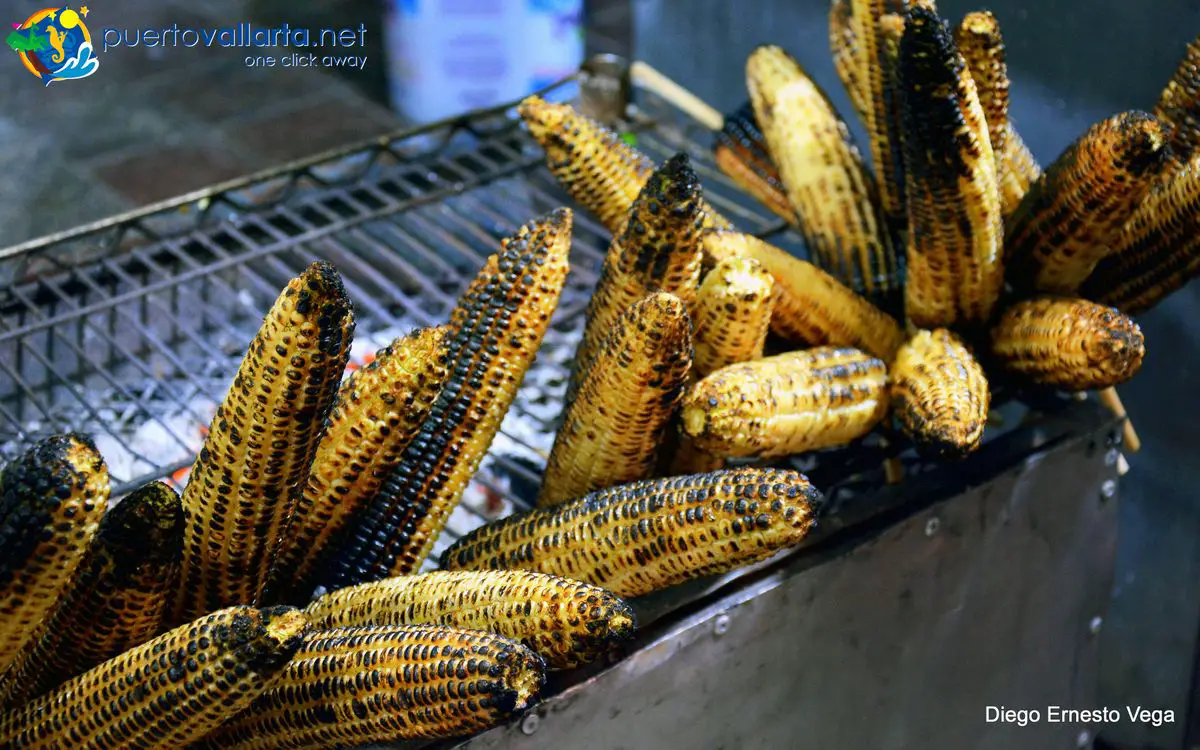
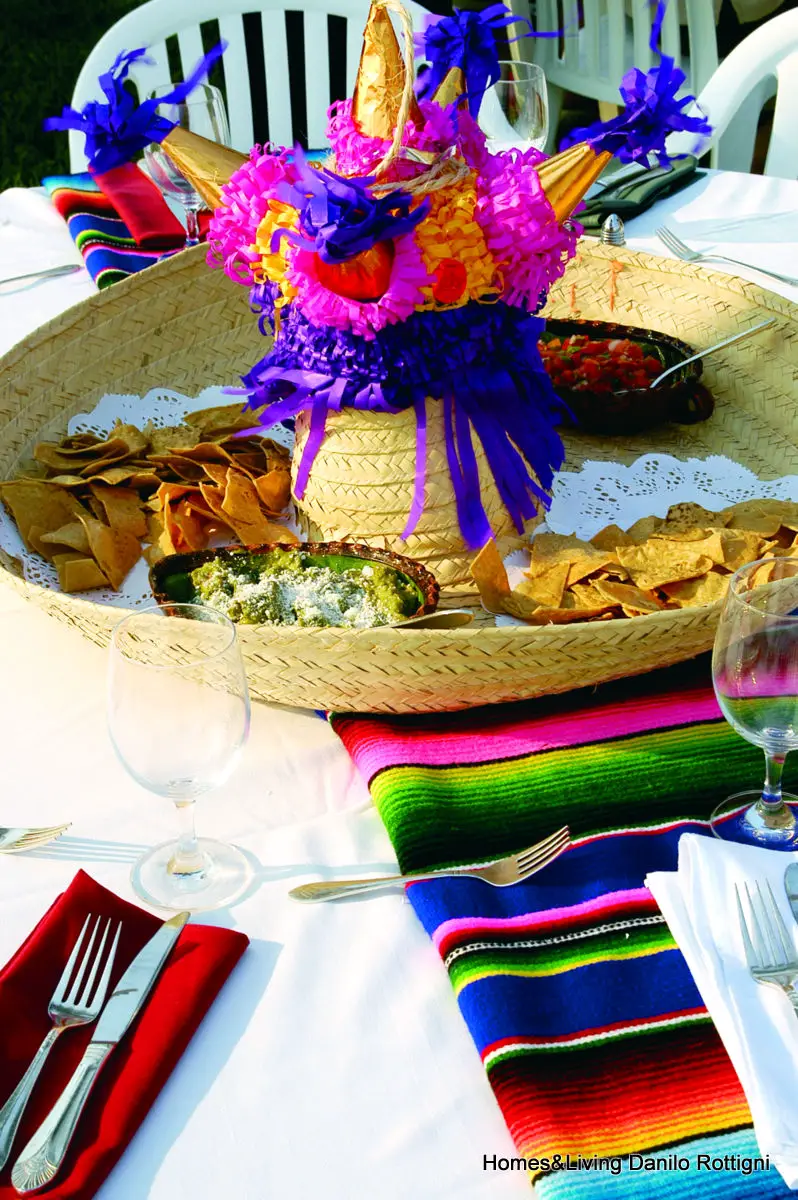
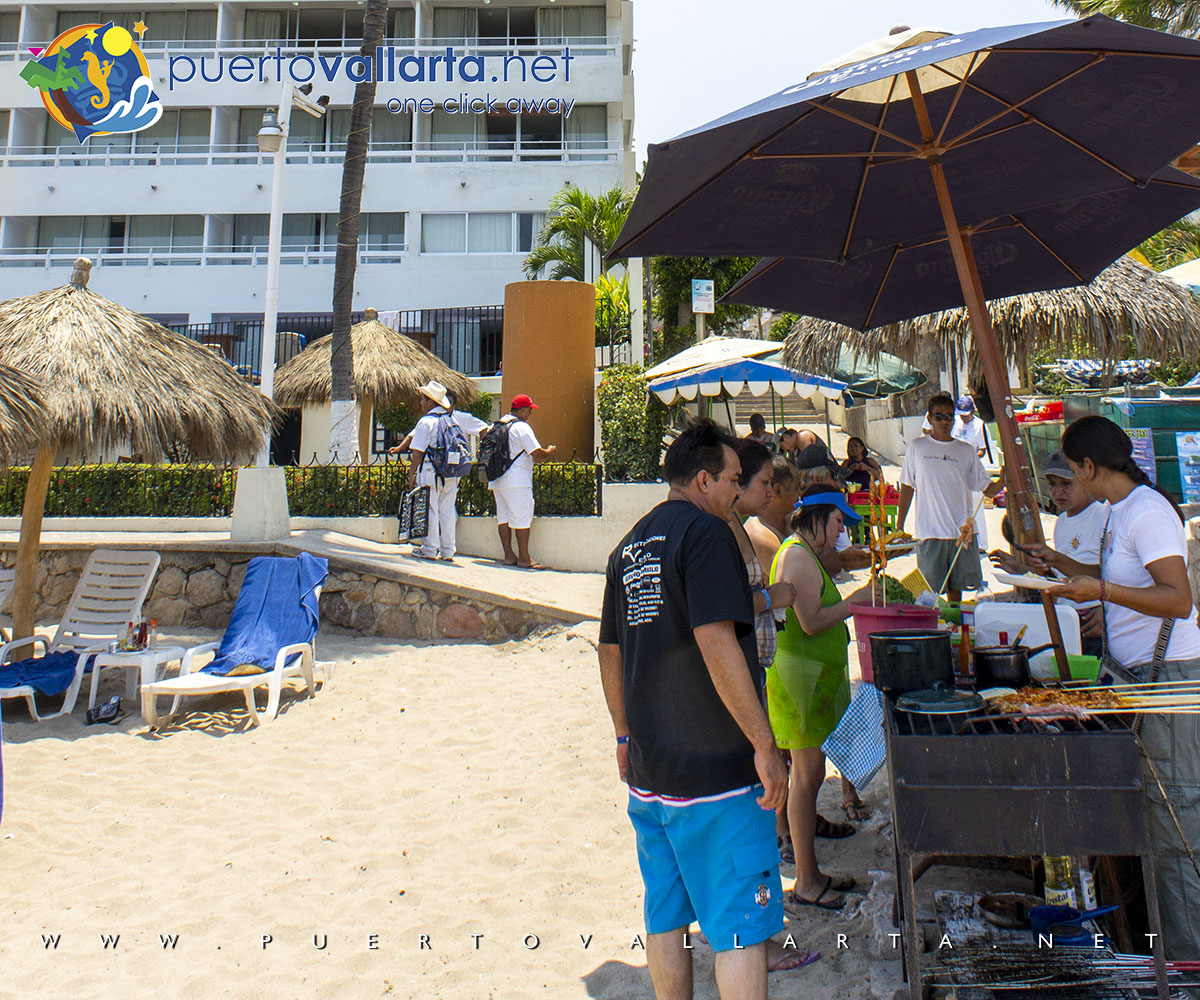
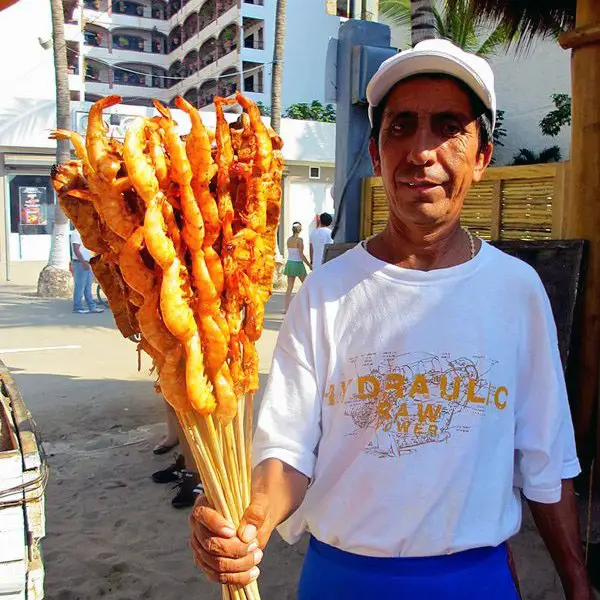
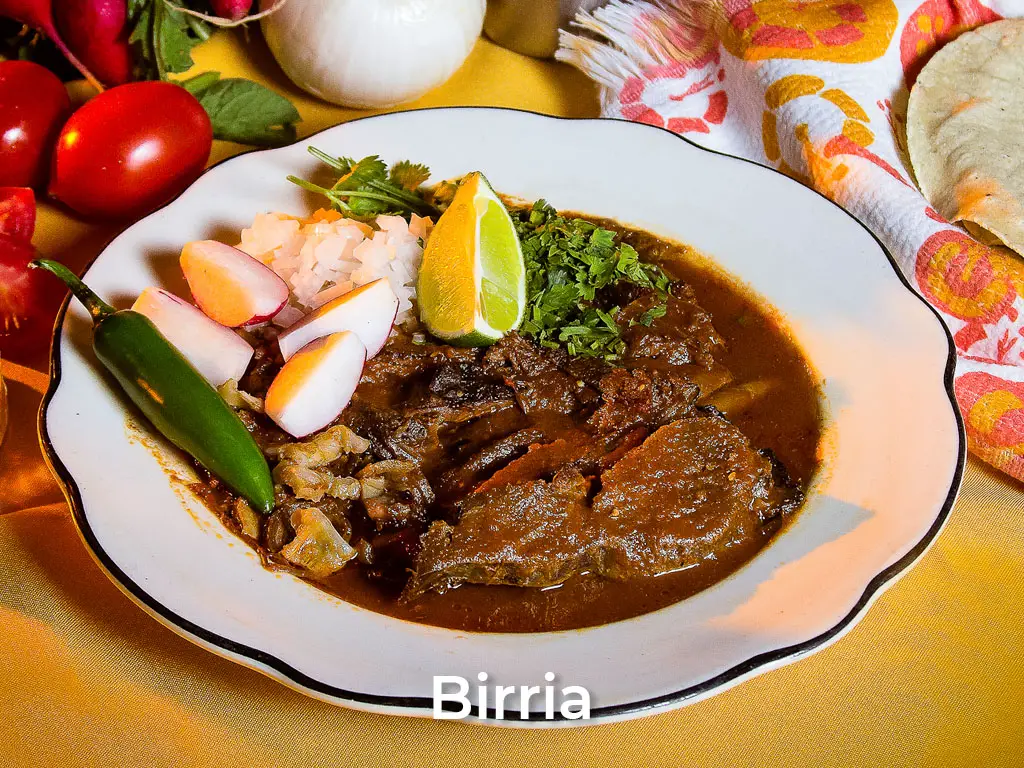
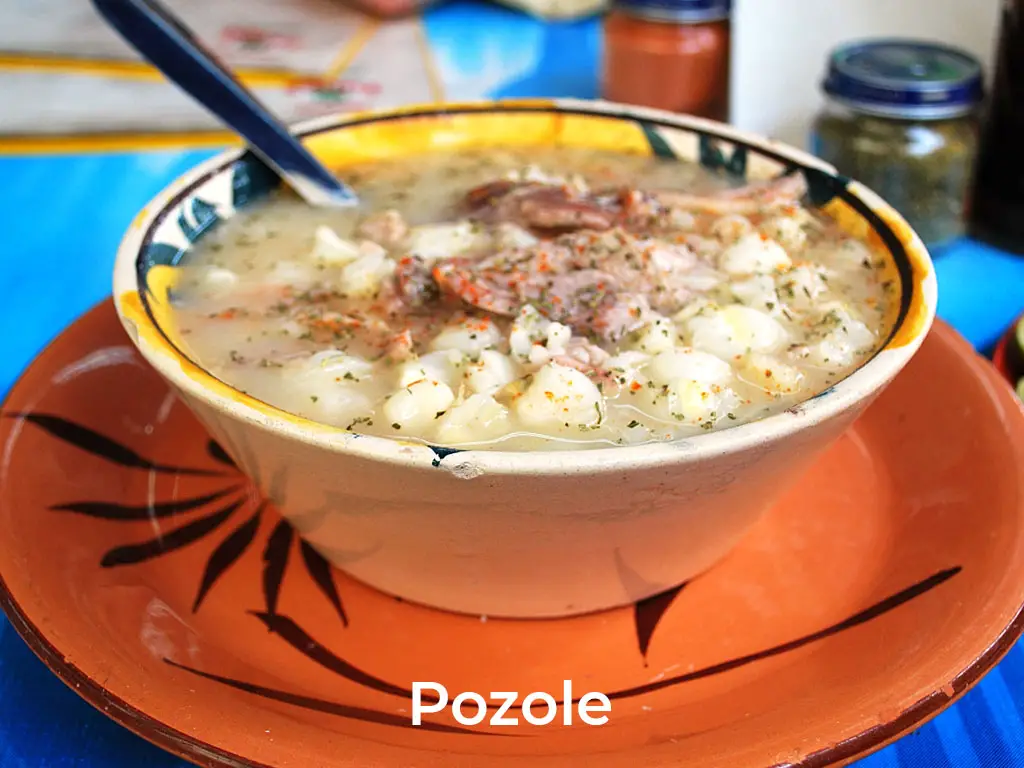
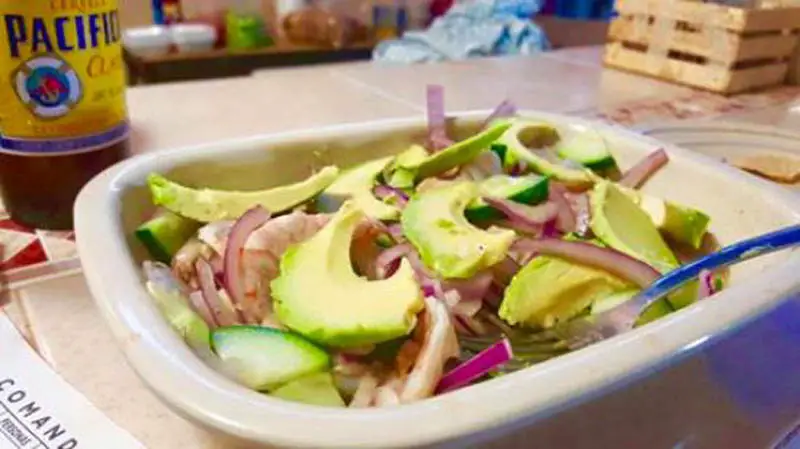
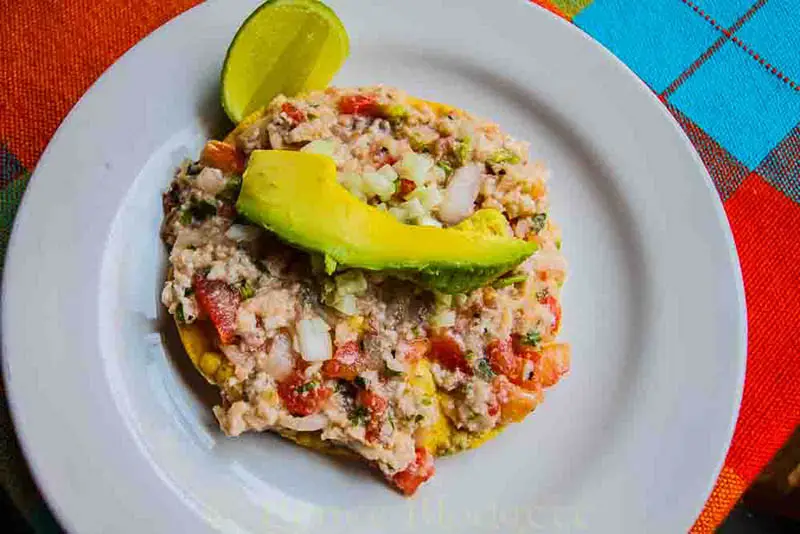
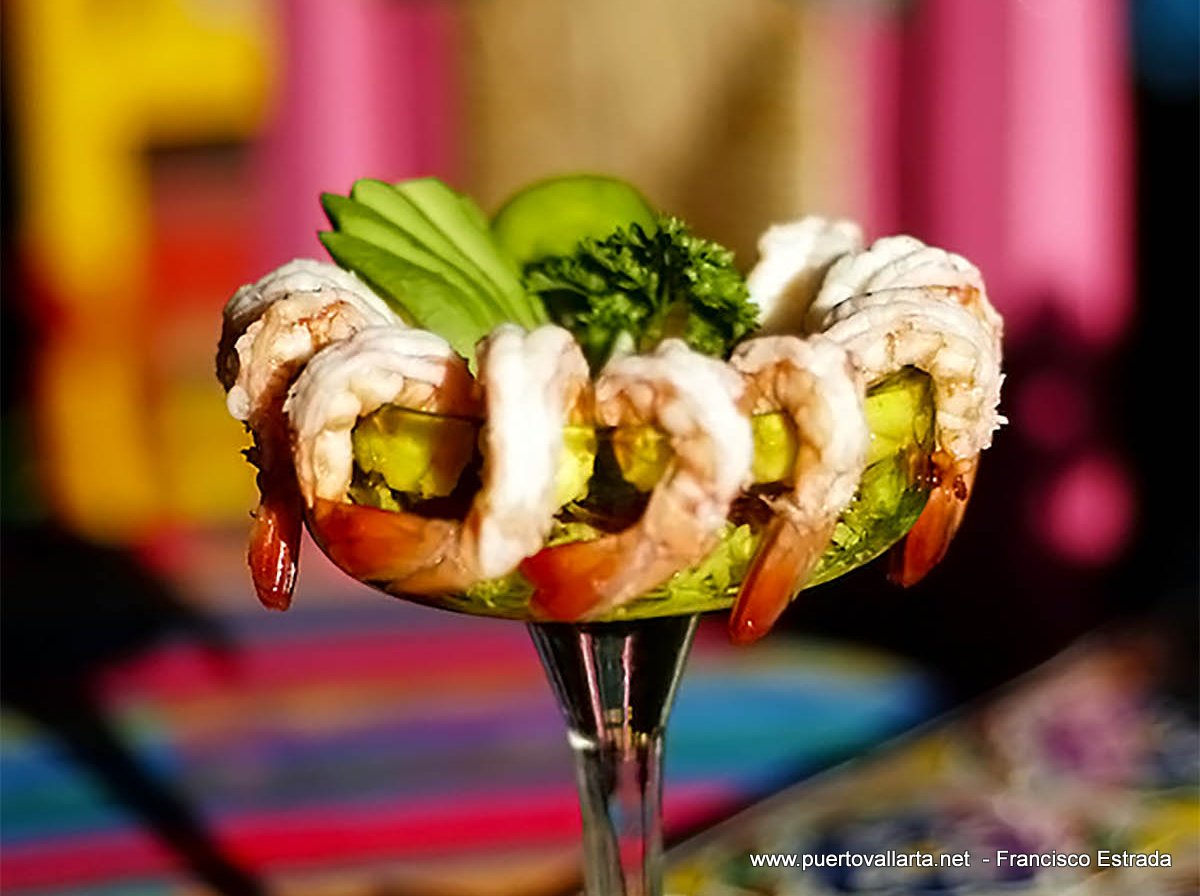
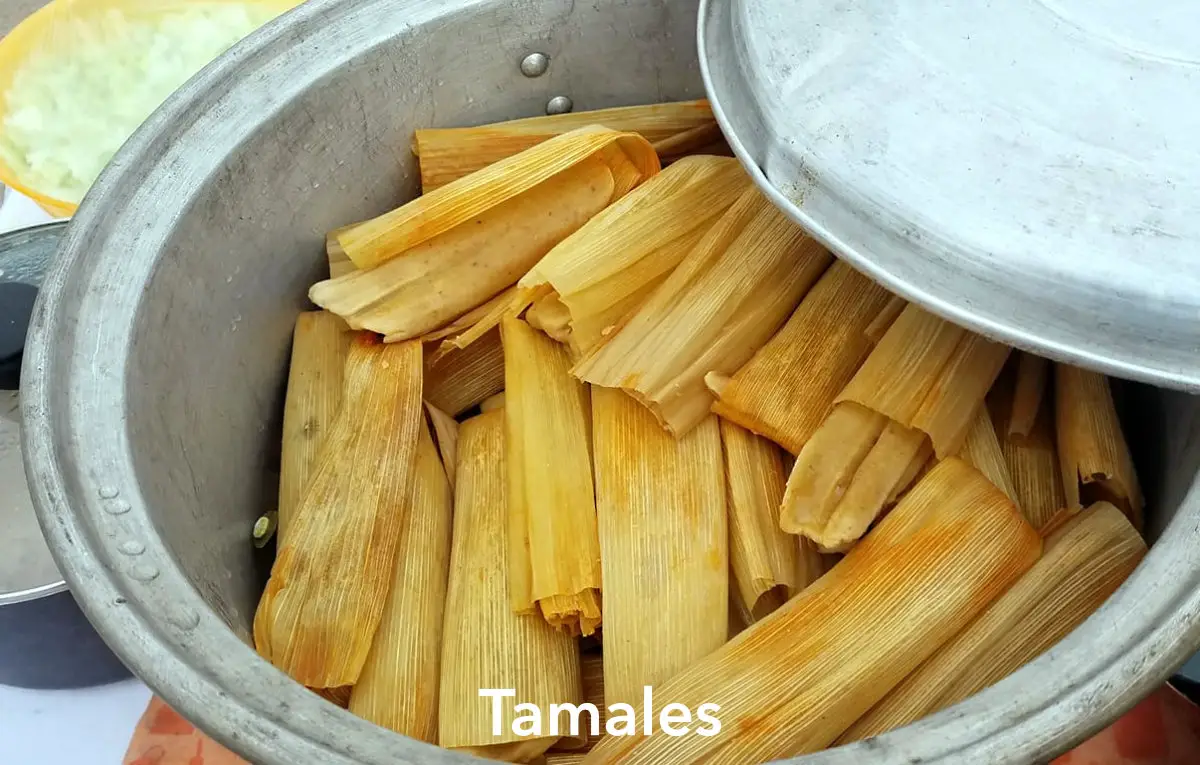

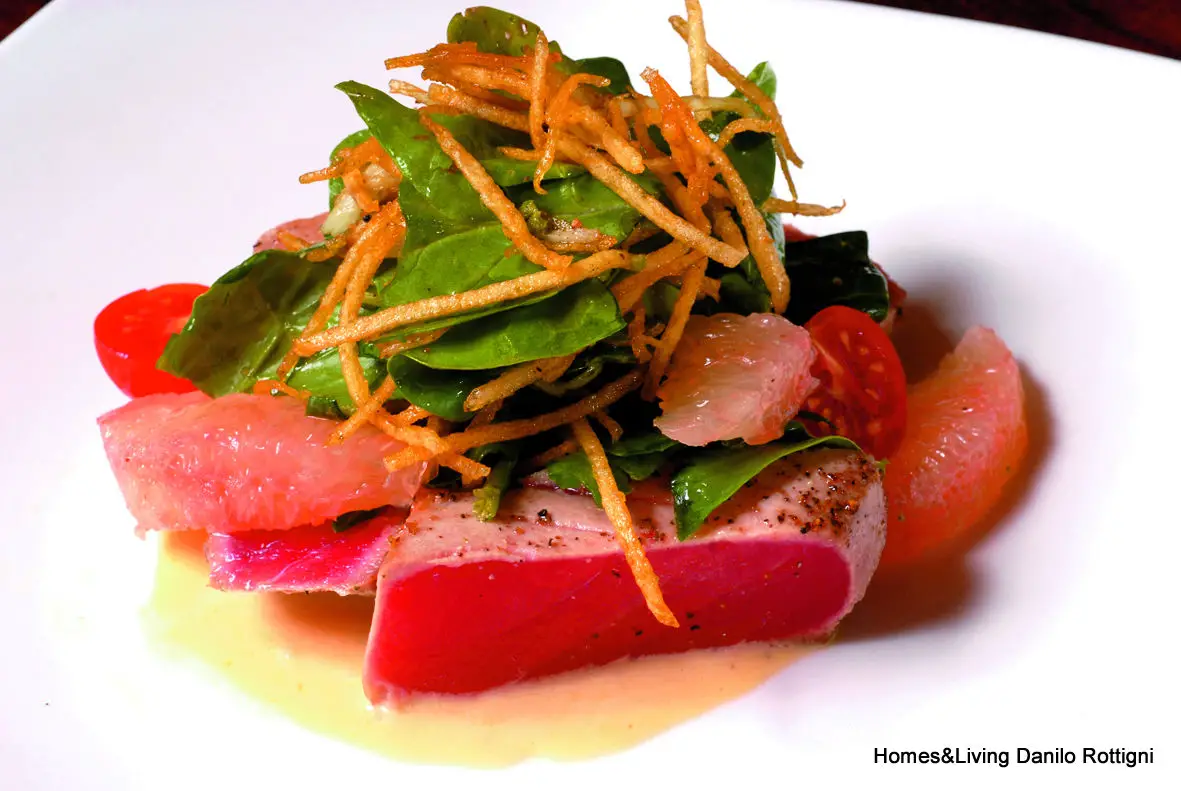
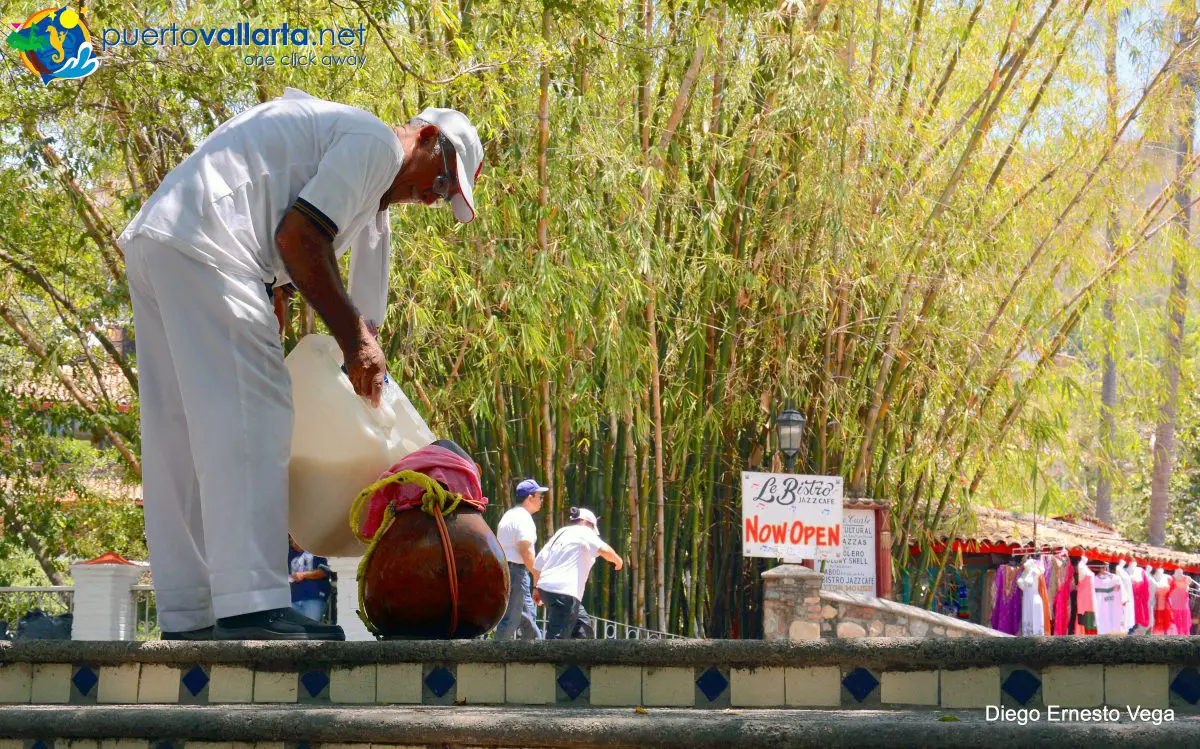
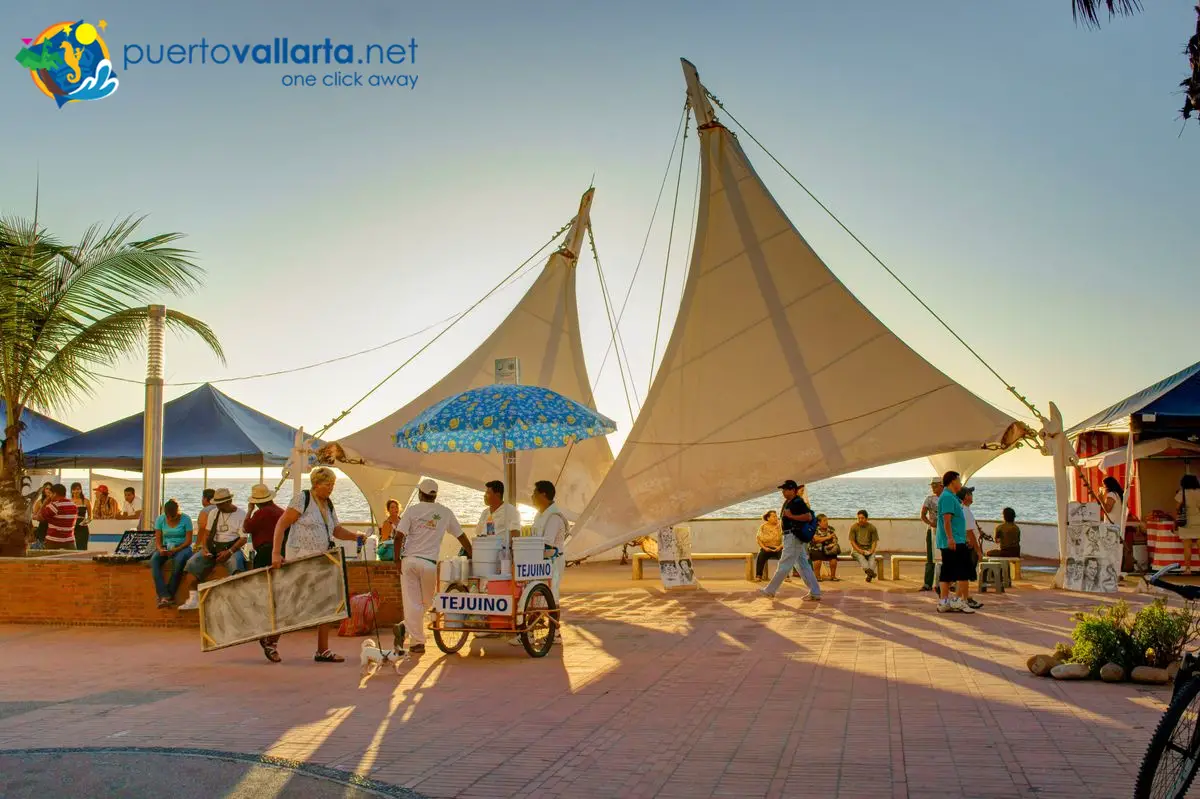
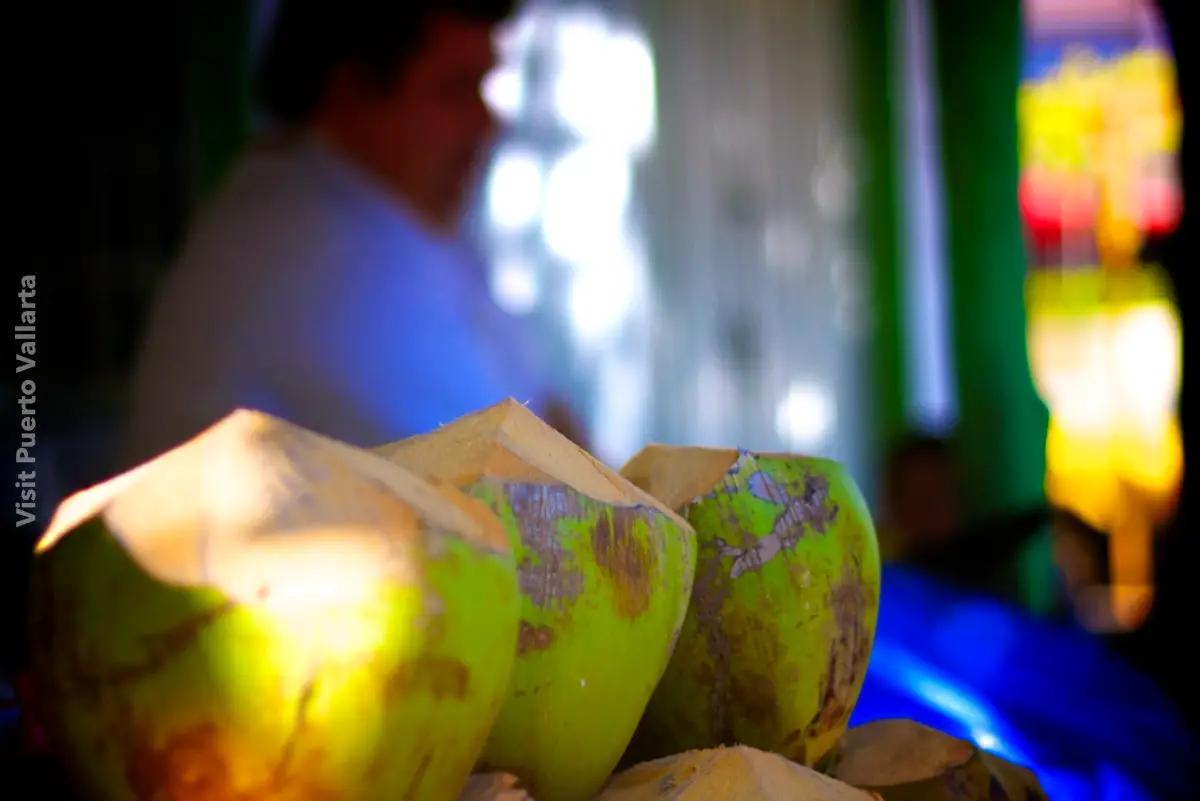
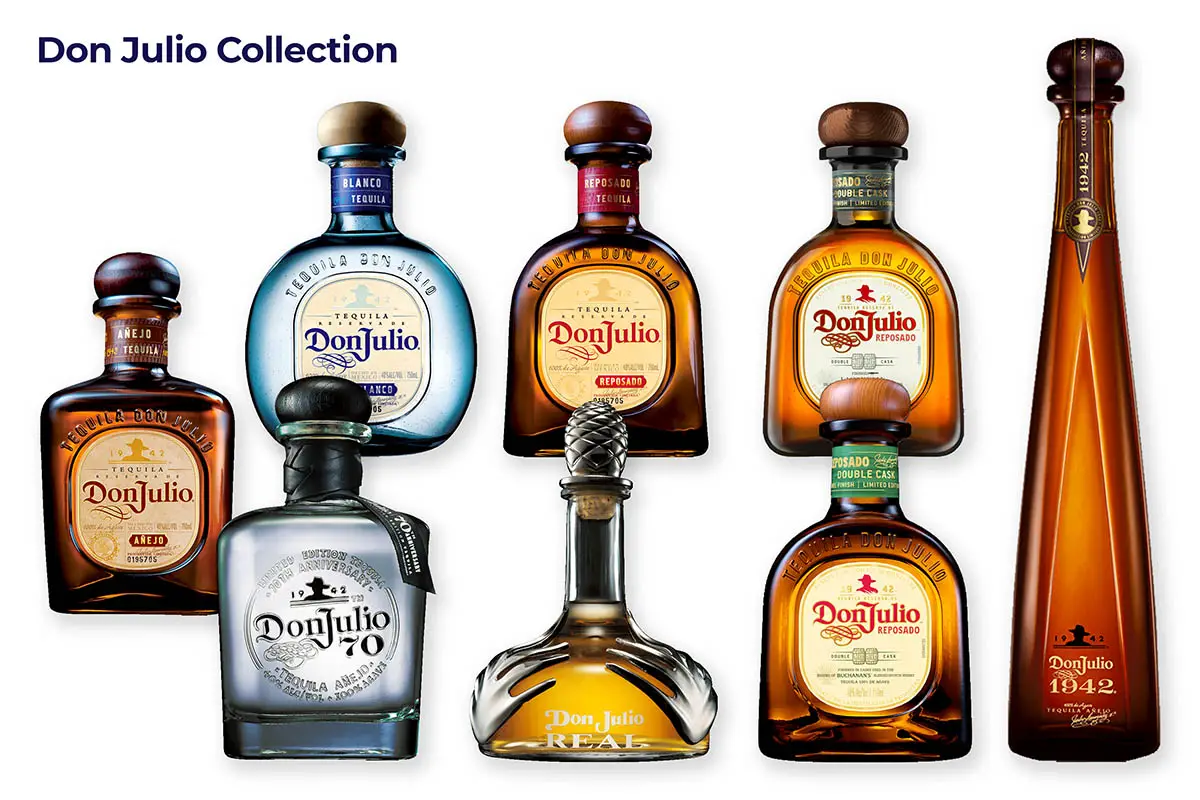

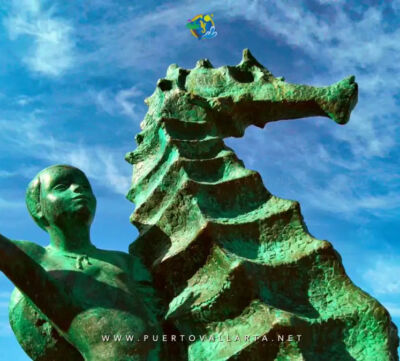


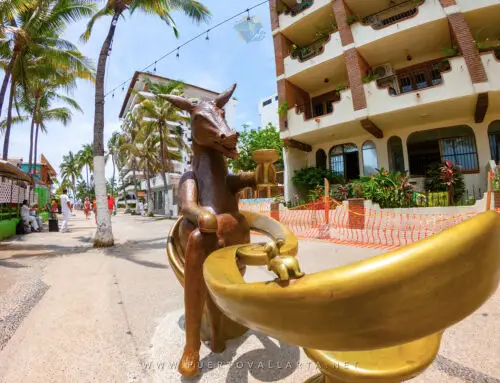
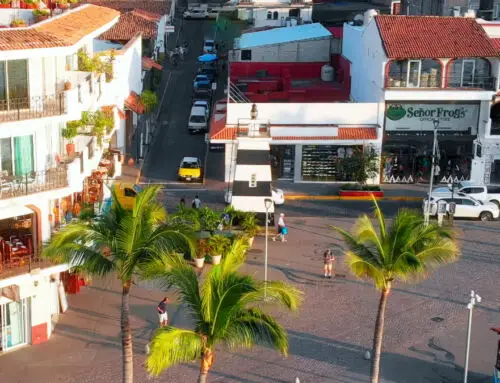
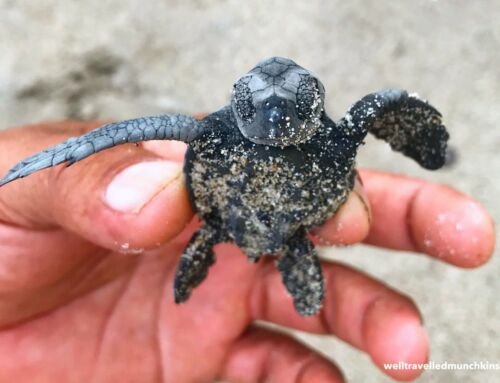
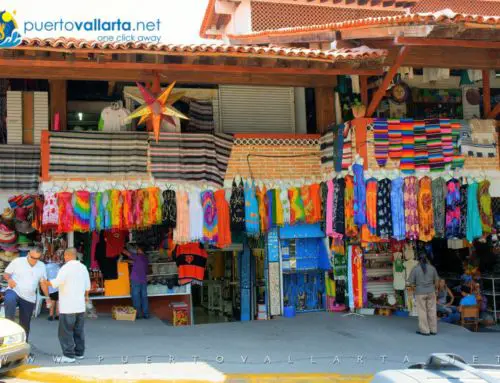
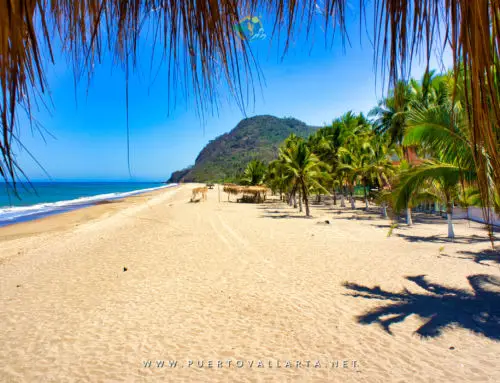
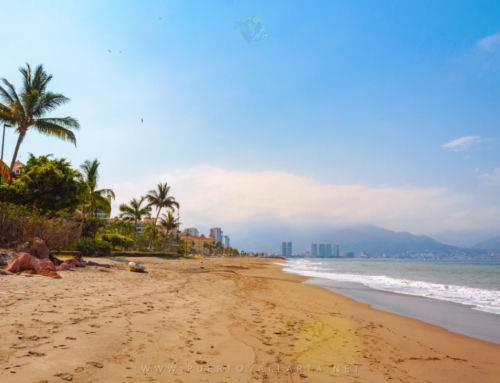
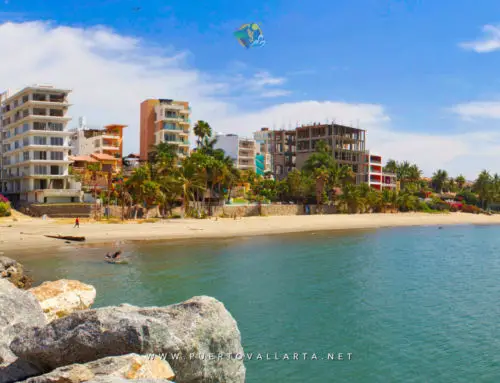
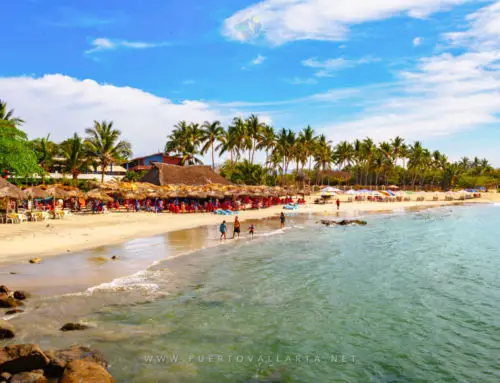
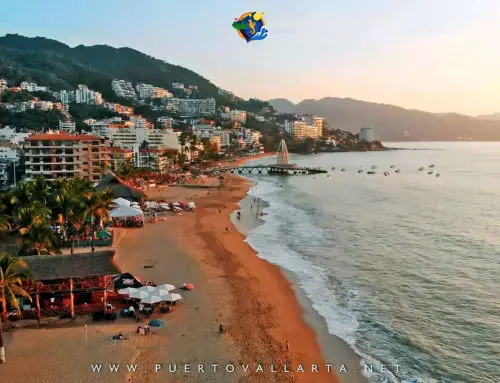
Leave A Comment